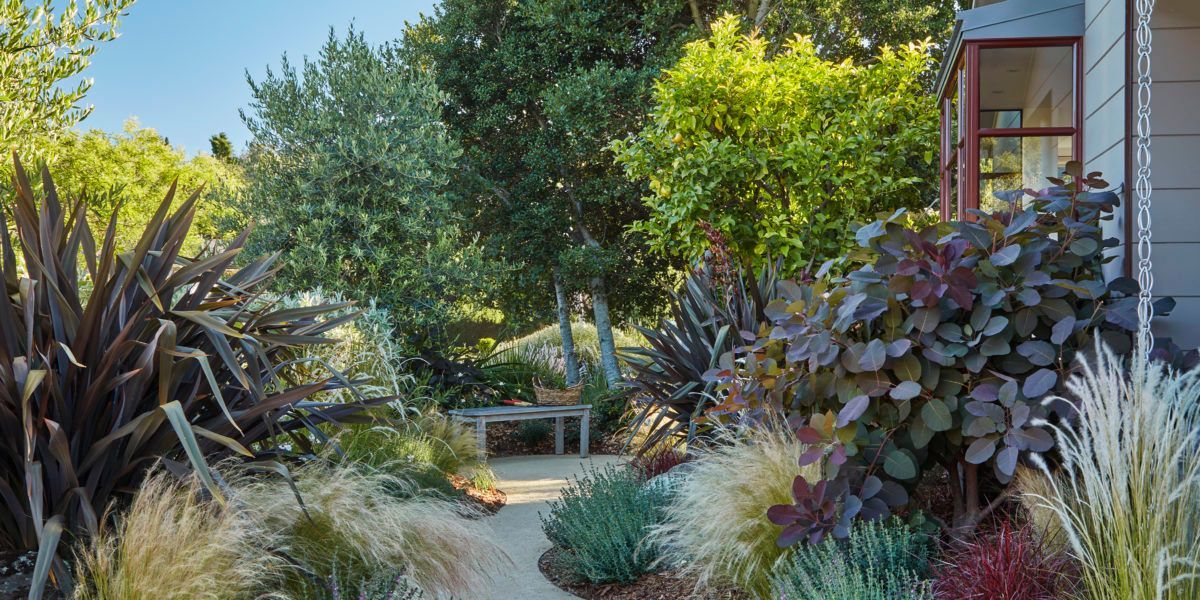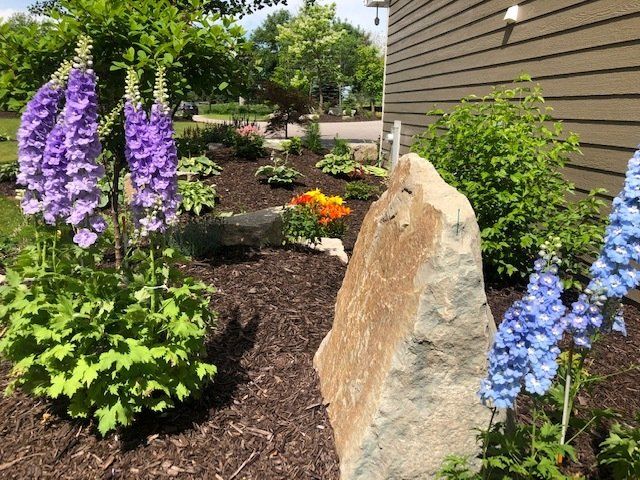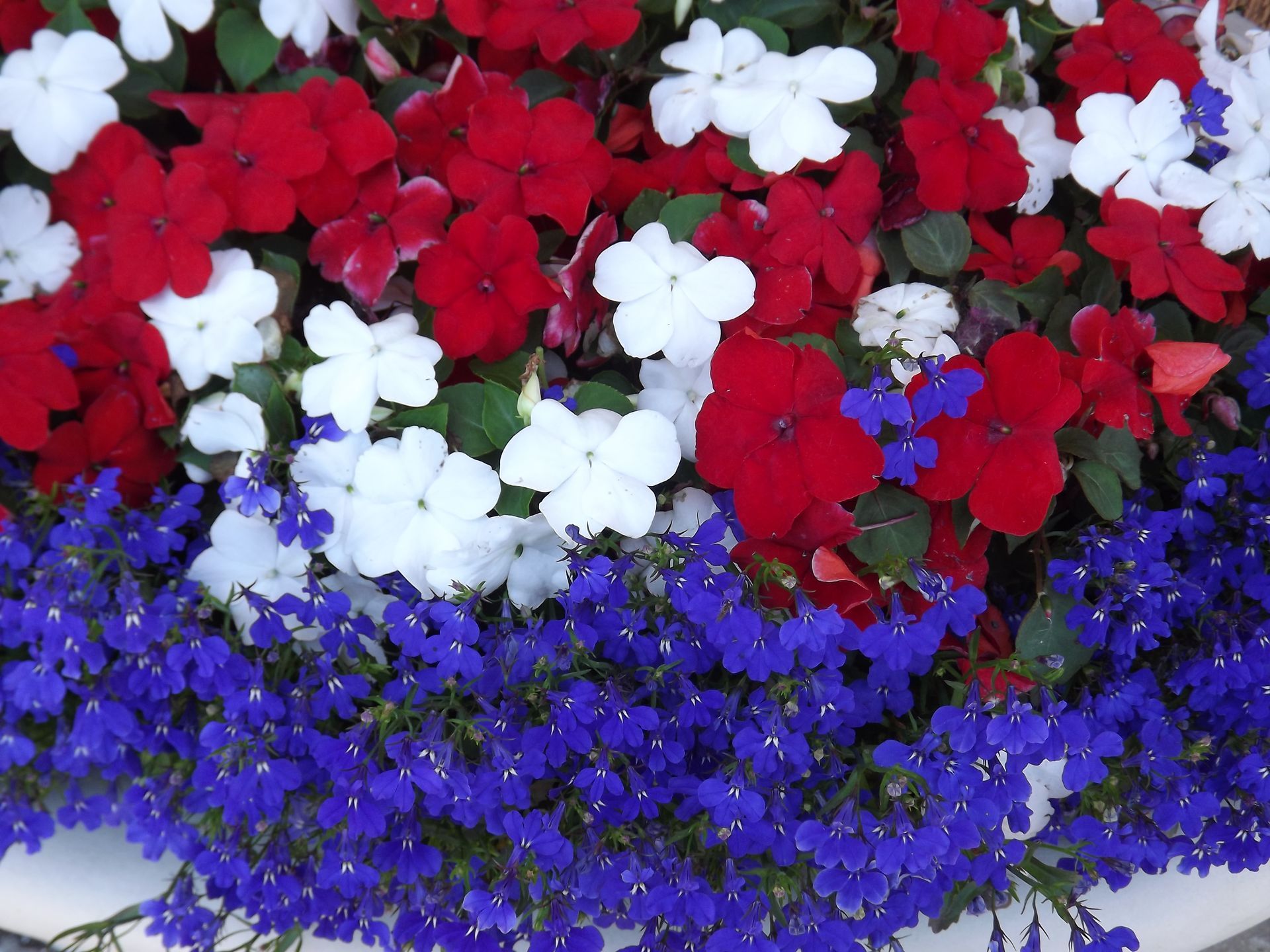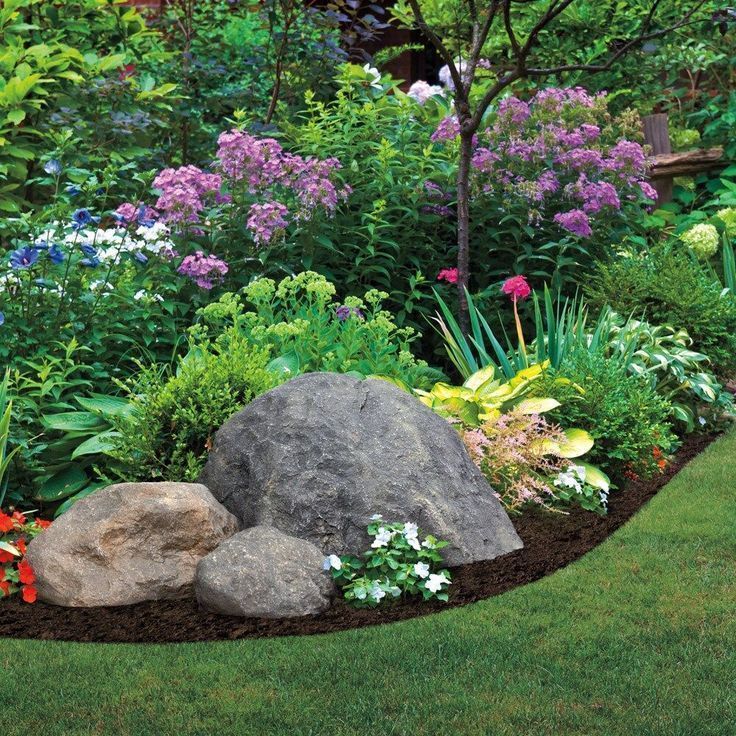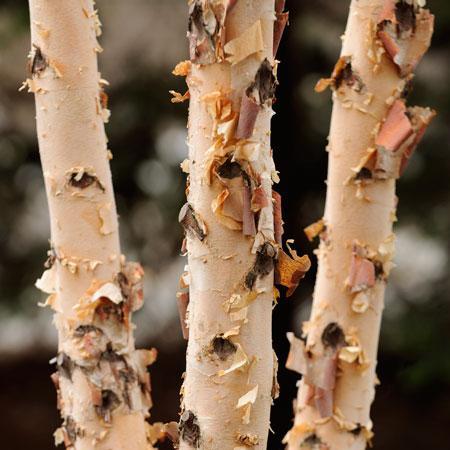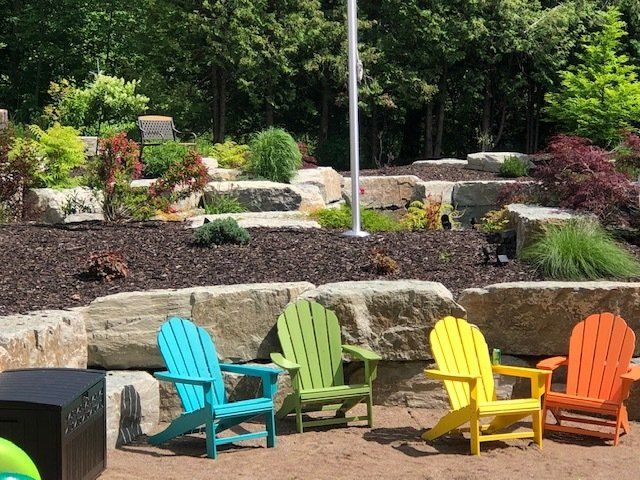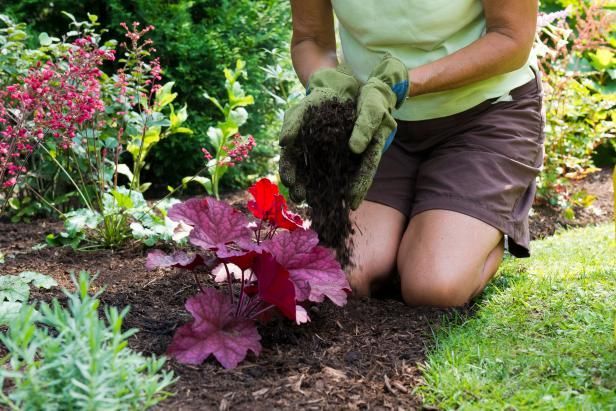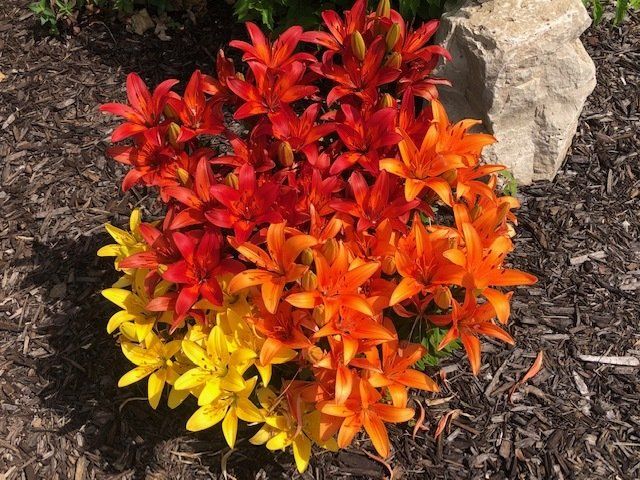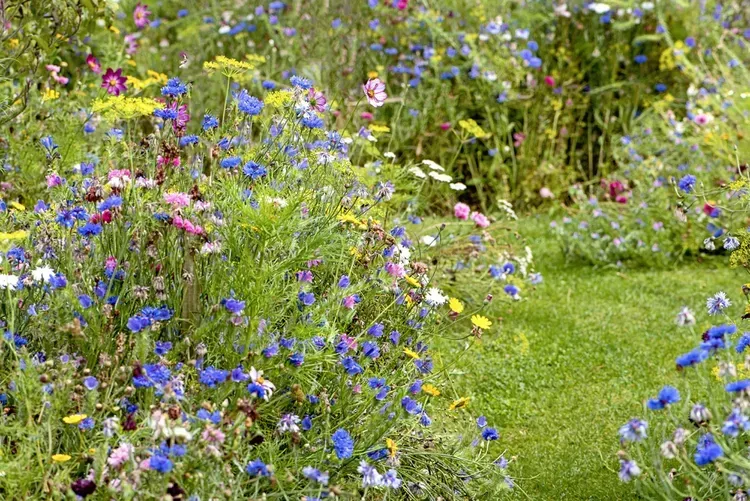Landscaping Ideas for an Enchanting Outdoor Space
Landscaping Ideas for an Enchanting Outdoor Space
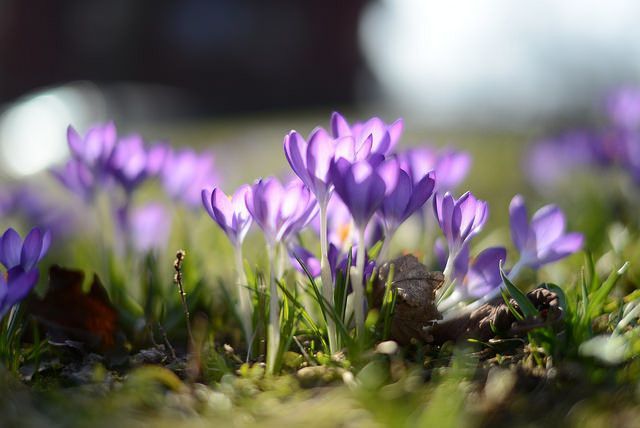
Thoughtful landscaping ideas are the key to creating an outdoor space that truly revives and inspires you, whether you have a tiny courtyard in an urban area or a sprawling estate in the country. Everything from the grass type you choose to the design of the flower beds and the hardscaping contributes to how you use the space—and how often. Whether you opt for flat stone pavers or acres of green lawn, your landscape design reflect your personality and tastes as much as your home's interiors do.
From traditional window boxes bursting with white hydrangeas to a reclaimed wood fence that adds character to any architectural style, the possibilities of landscaping are limitless. And landscaping goes much further than choosing flowers and laying stone: Landscape designers work with the specifics of your geographic area and terrain to create a yard that will bring you joy even in the depths of winter, when the mere thought of going outdoors gives you a shiver. Outdoor lighting, a fire pit, a lush garden—they can bring all your yard goals to life.
To help you transform your own patio, backyard, garden, and more, we've rounded up inspiring landscaping ideas and examples that truly make the most of your natural surroundings. Browse the list for answers to your own garden design dilemmas, and you might happen across a few unexpected ideas along the way. (And if you're looking for a simple guide to help you come up with a landscape design from scratch, keep reading to the end.) These outdoor spaces will pave the way to better landscape design for every size, style, and area.
Native Plantings
Populate your space with native species wherever possible and created "a gradient of wildness". A lush canopy of low-water, low-maintenance plants can include native grasses, sages and lilacs, and redbud trees.
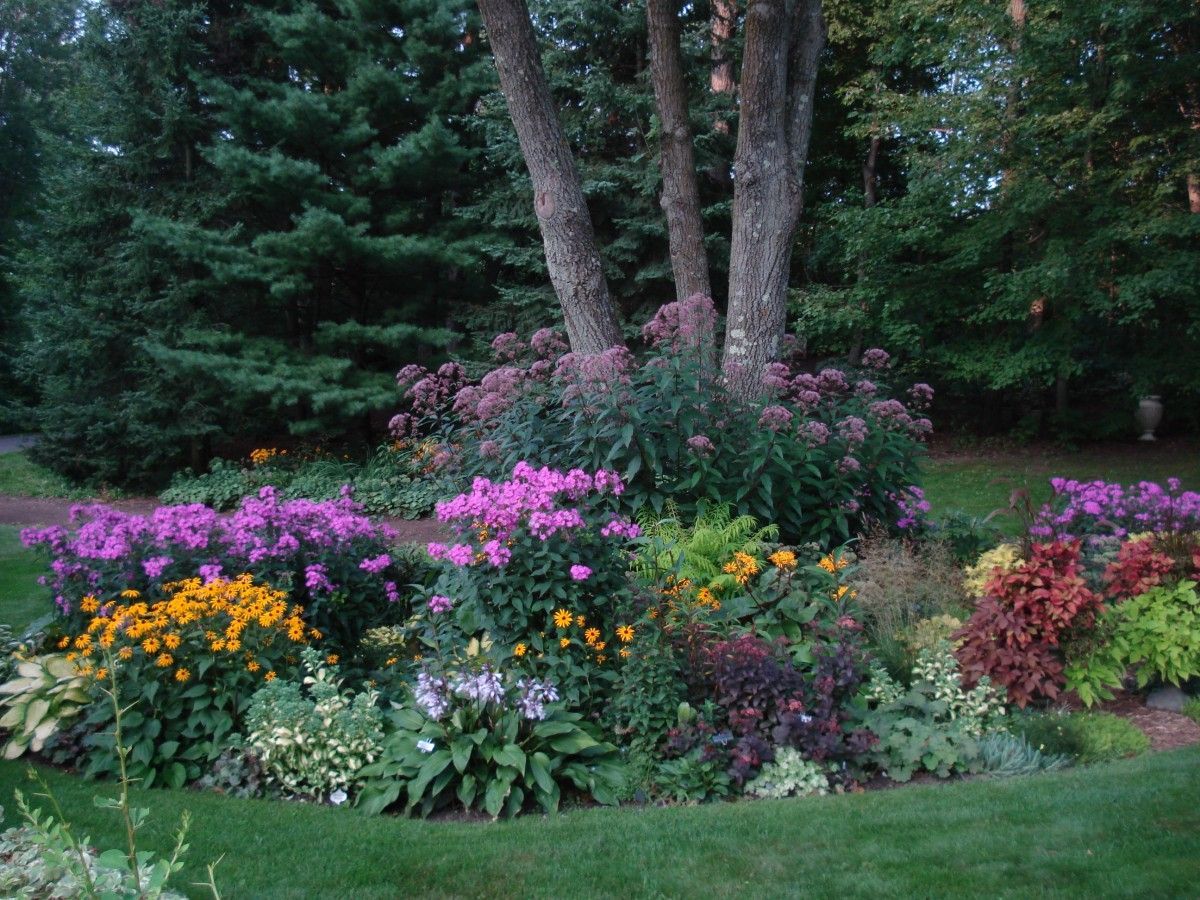
Stone Partition
A partial stone wall props up a pergola for shade, while a garden door beyond makes the cozy fireplace zone feel extra private and serene
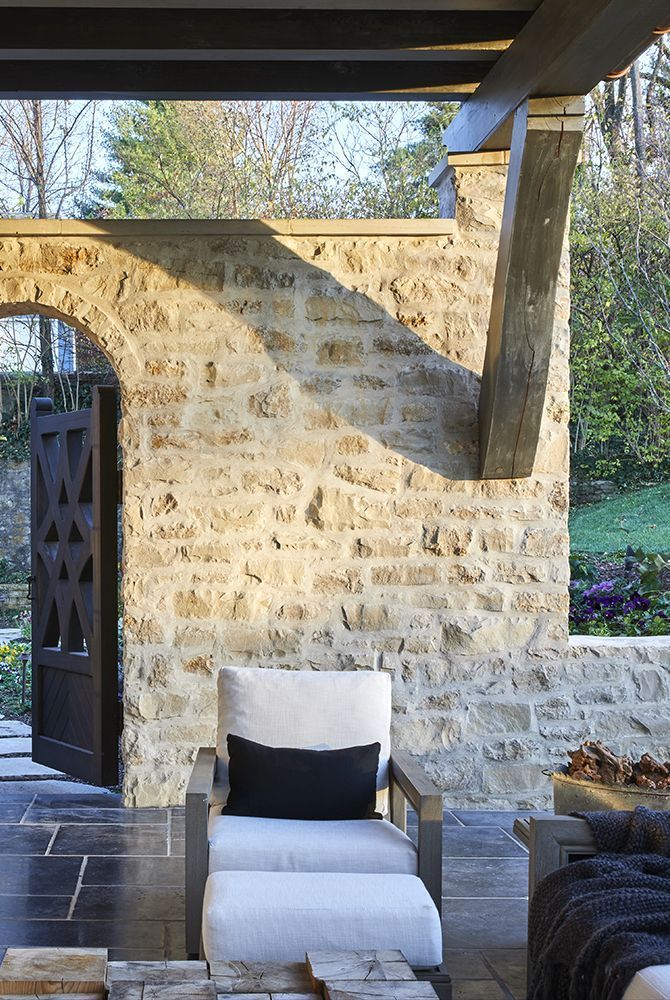
Mini Water Features
Even a small patio can fit a water feature, which can bring that calming sound and energy reminiscent of Japanese Zen garden. Who knows, maybe if someone sat on this cute terrace and focused on the calming trickling water, they could manifest a full-size soaking tub.

Multiple Levels
A raised patio and lower level garden make its yard a multipurpose oasis and create great visual interest.
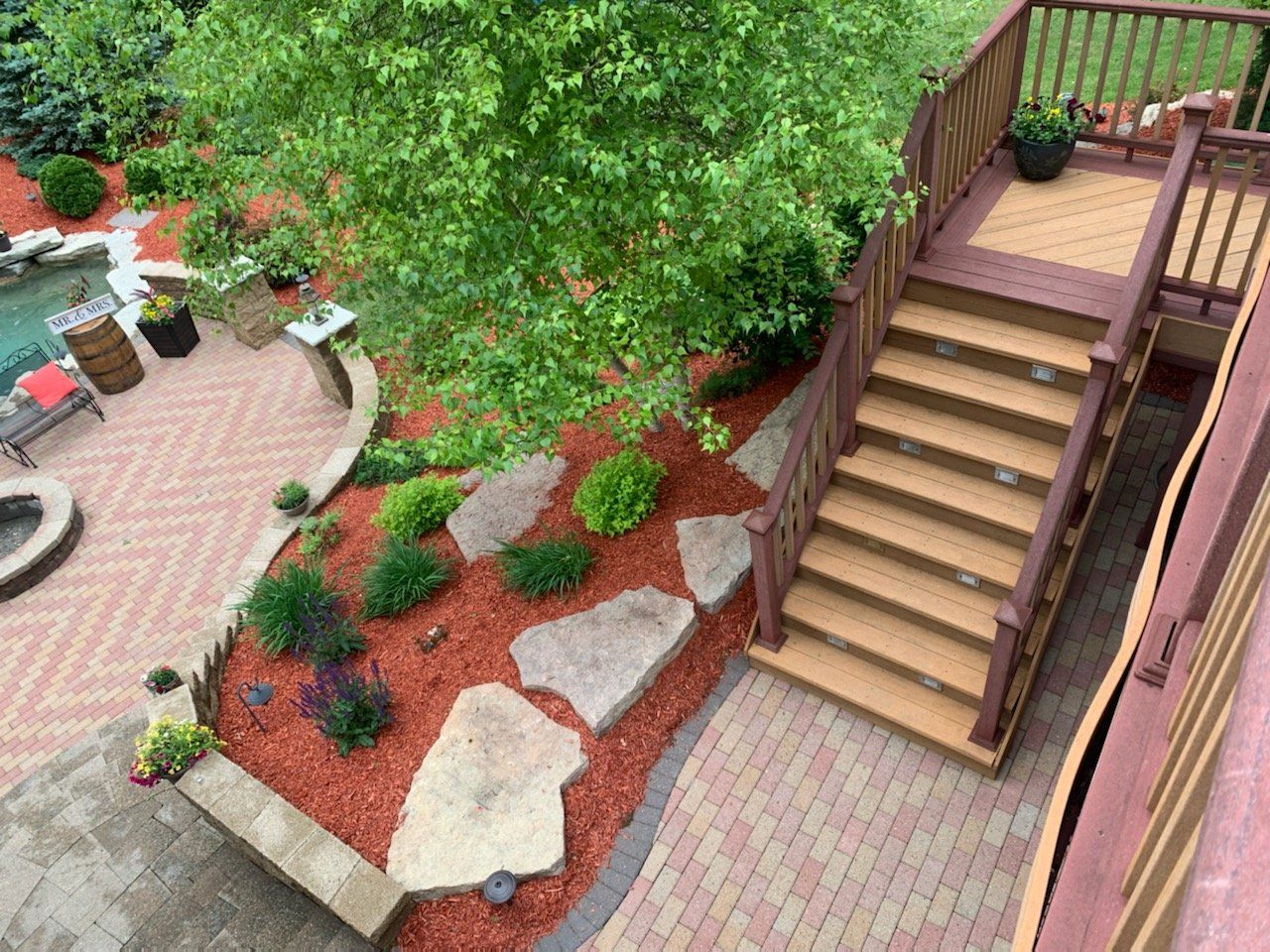
Fire Pit
Between the fire pit and floating dock, it tough to choose where to relax.
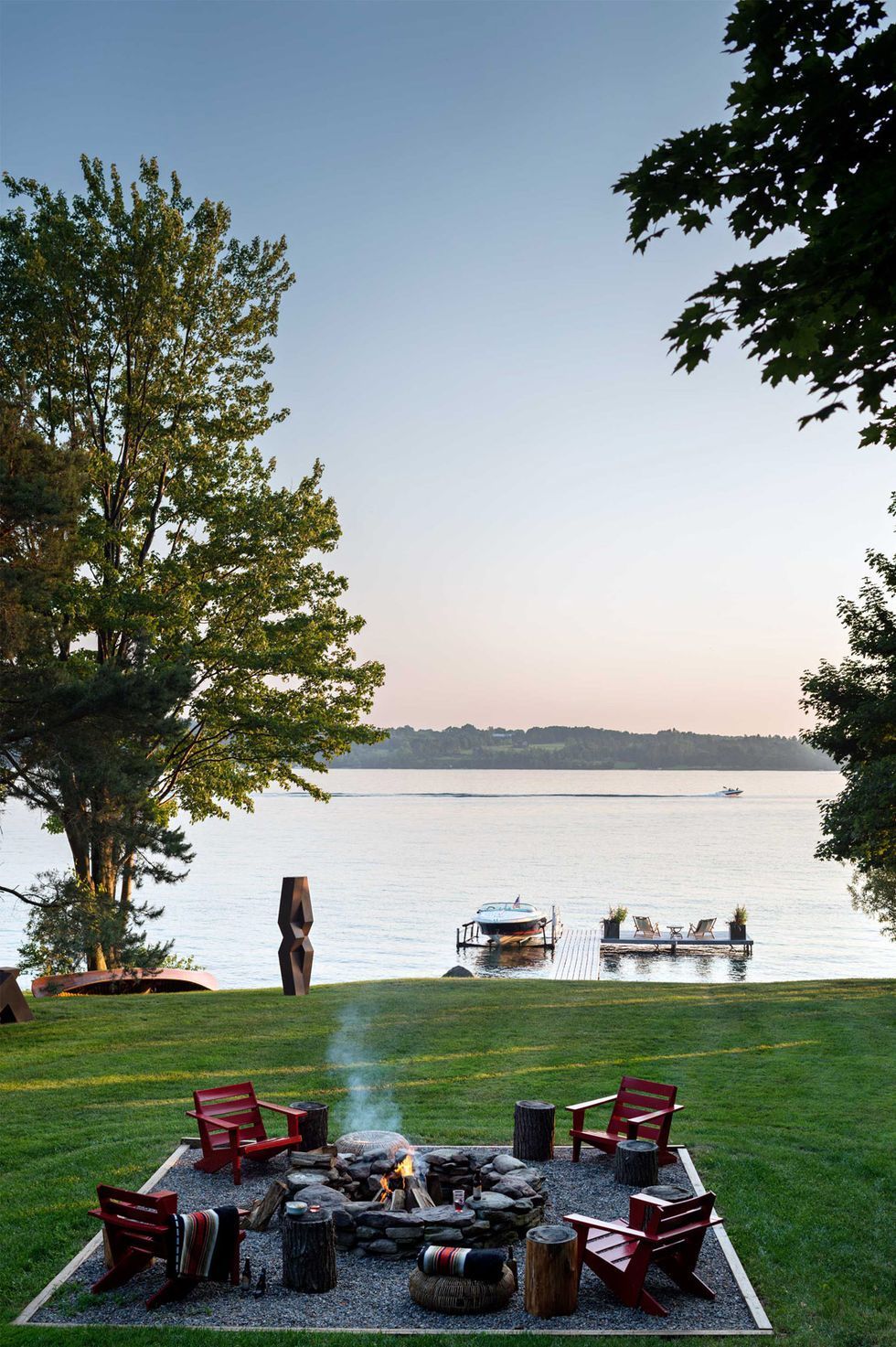
Shaded Patio
Build an outdoor "dining room" by planting six plane trees. They create shade during the day, and at night, they're strung with lights.
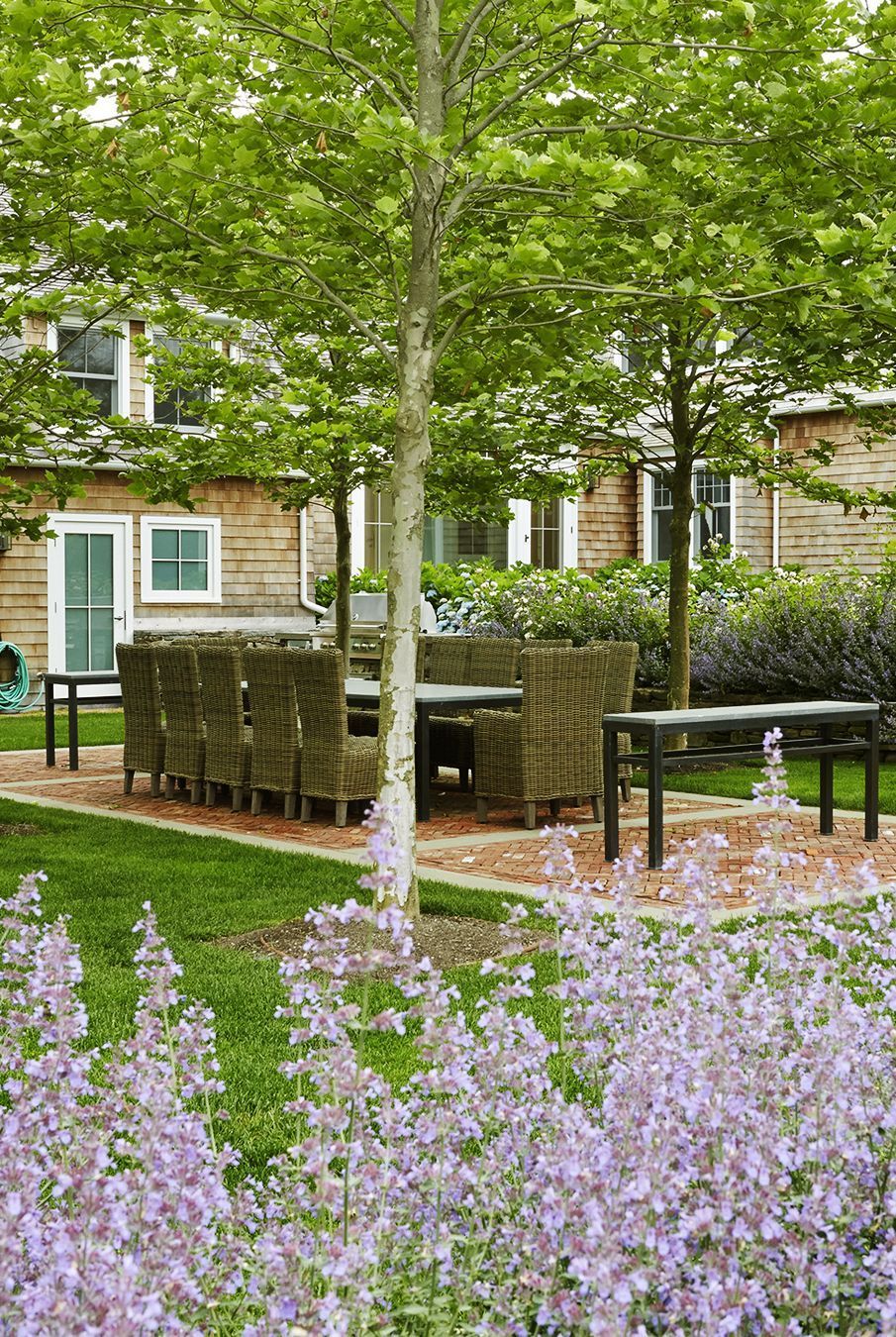
Lush Lawn
This blends right in with its lush backdrop. Though the lawn is well maintained, it doesn't feel too pristine. Why make things stuffy and overly manicured when you can embrace the natural beauty of your surroundings?
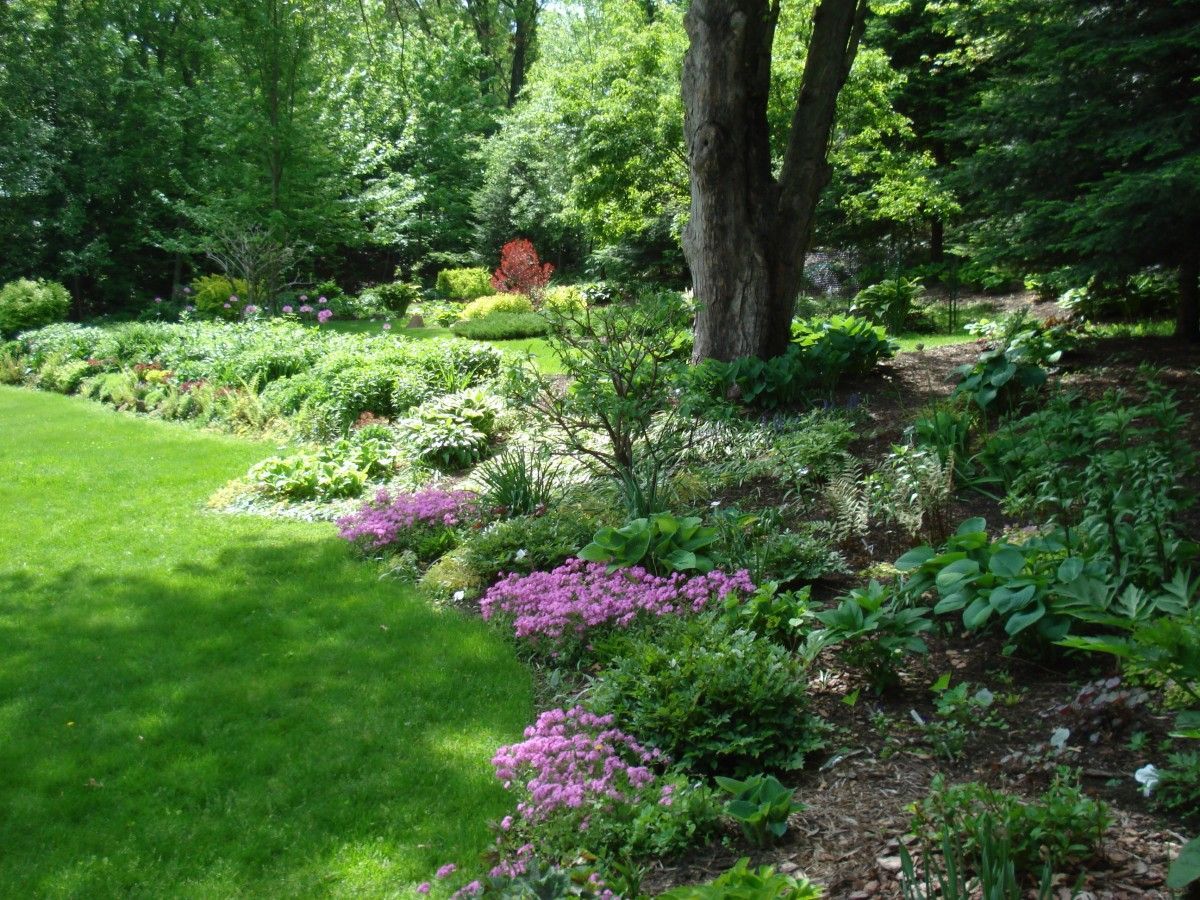
Pops of Color
We're loving these pops of color in the minty green surroundings. It makes for a warm welcome and cheerful entrance.
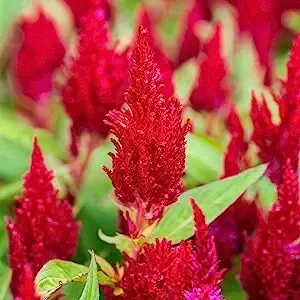
If you don't plan on consulting a landscape architect or gardener (or even if you do), read up on the basic priciples of landscape design
so you feel informed before you begin the process, and as always, feel free to leave the heavy lifting to us and call us today to schedule YOUR free landscape consulation and transform your yard into your personal getaway! 920.462.7041
Source: https://www.housebeautiful.com
